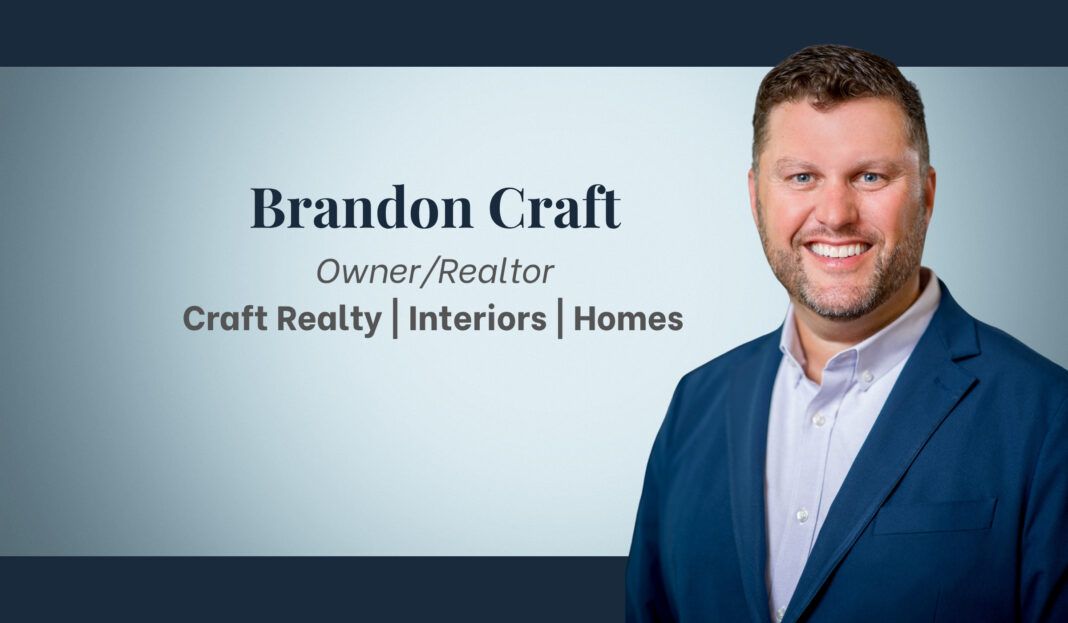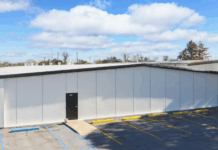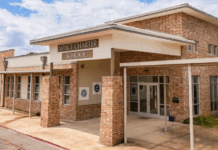Craft is known for bringing together real estate, interior design, and homebuilding under one brand. What makes your approach stand out from others in the market?
We didn’t set out to become a fully integrated firm, but the market showed us what was needed – and we built it. What began with homebuilding grew into real estate and interior design, not as a business strategy, but as a response to real gaps we saw our clients facing. Today, having all three under one roof gives us a rare line of sight into the full picture of what drives the market and what today’s buyers actually want. A builder alone might overlook the impact of flood insurance on deal flow. A realtor without a design eye might miss the power of presentation. Because we see it all – development, sales, and design – we’re able to deliver homes that aren’t just beautiful, but smart, market-aware, and ready to perform. That’s what sets Craft apart.
How are you approaching interest rates, and how should borrowers approach them?
We evaluate every potential project through one clear lens: is it a home run or is it a fringe project? A home run means great location, ideal lot, strong design – something buyers will always want, no matter the market. A fringe project is one you can make work, but it carries more risk and doesn’t align with the long-term standard we’ve set. At Craft, we’ve always focused on the home run projects. That commitment doesn’t change with the market – it’s how we protect our clients, our reputation, and our results. When a property checks all the boxes, it’s worth acting on – regardless of interest rates.
All politics is local. So is all real estate. What sets Baton Rouge and the Capital Region apart?
Baton Rouge is a steady market. We don’t see the dramatic swings in property values like you do in other parts of the country – no huge spikes, and no major crashes. That consistency gives us confidence to keep investing here. The challenge, though, is that while there’s still land available, there’s not much prime land left for the home run projects we focus on. So, when the right opportunity surfaces, we have to move quickly. The fundamentals – stability, demand for quality, and limited top-tier land – make Baton Rouge a market we’re committed to.
The way people live and work is changing. How has your business changed to keep up?
The biggest deal-breaker we’re seeing right now isn’t interest rates – it’s insurance. Flood and homeowners insurance premiums have skyrocketed, and there’s no sign of that slowing down. That shift has forced us to rethink how we approach every project. We’re no longer just asking if a property is out of the flood zone – we want it way out of the flood zone. We study elevation maps, rework site plans, and raise our foundations more than we used to. It’s all part of building smarter, not just for today’s market – but for long-term value, resilience, and peace of mind for the families who will live there.”
Success in real estate is a long game. What is your long-term outlook for this market, and your business?
Most people I know see Baton Rouge through one of two lenses. They either focus on the challenges – crime, traffic, poverty – and feel discouraged; or they recognize the people and efforts working to overcome those issues and feel hopeful. My wife Cherith and I chose the second lens. About 10 years ago, we became foster parents because we wanted to be part of the solution. And over that decade, we’ve seen something powerful take root – through churches, businesses, and mentorship programs, there’s a growing movement of people investing in this city in meaningful ways. Looking 25 years ahead, I believe Baton Rouge has the potential to be transformed – not just economically, but socially – if more energy and investment keep flowing into those efforts. That kind of change creates stronger neighborhoods, more opportunity, and more stability. And that’s exactly the kind of foundation great real estate markets – and great businesses – are built on.
Learn More About Craft Realty Interior Homes
 GET DAILY REPORT FREE
GET DAILY REPORT FREE








